What To Do If Your Dog Was Just Stolen — And How To Keep Them Safe
When you purchase through links on our site, we may earn a commission. Here’s how it works.
When your dog goes missing, the world stops. Your heart races, your mind spirals, and every second feels like you should be doing more.
Table of Contents
Whether your dog has just been stolen or you’re trying to make sure it never happens, you’re right to worry — pet theft is climbing fast across the United States.
That’s why it’s critical to know what to do in those first moments, which breeds are most at risk, and how to keep your pup safe from ever becoming a target.
If Your Dog Was Just Stolen
In those first frantic minutes, every instinct tells you to panic. But staying calm and acting quickly gives you the best chance of getting your dog back.
1. Start Local Immediately
Check your neighborhood first. Call your dog’s name, alert neighbors, and notify nearby businesses or delivery drivers who might’ve seen something.
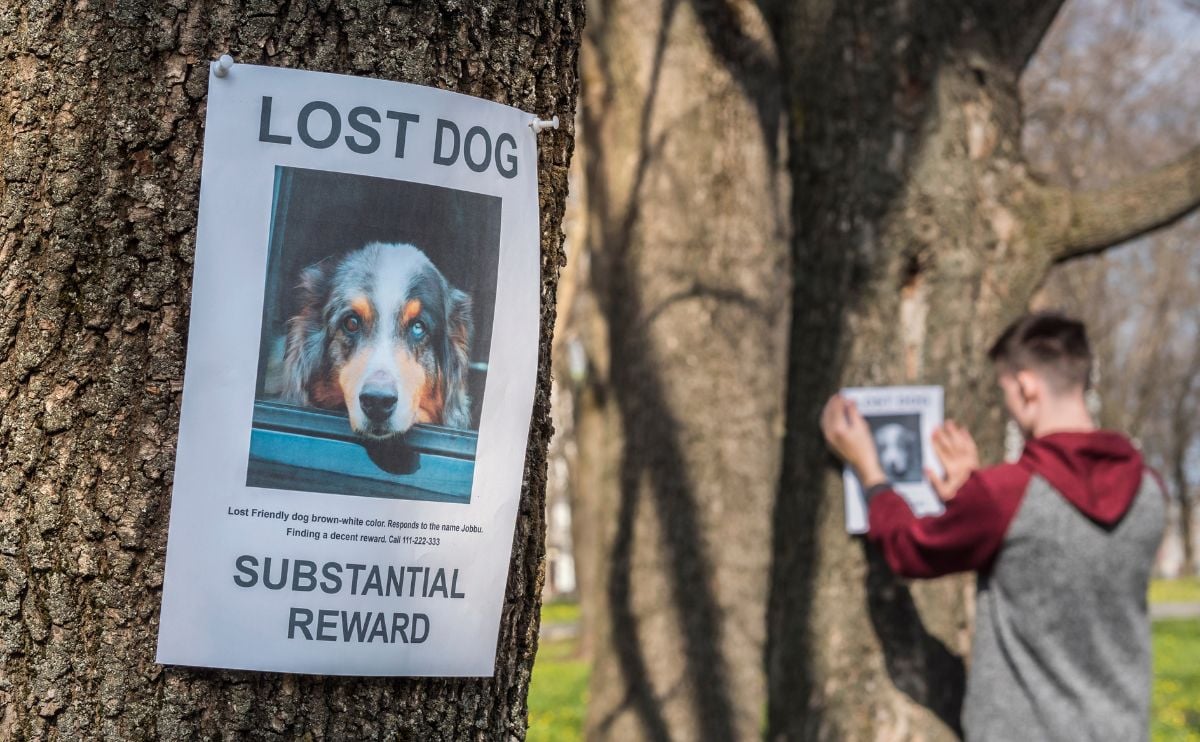
If your dog was taken from a yard or car, ask anyone nearby if they noticed suspicious vehicles or people.
2. Contact Animal Control & Local Shelters
Give them your dog’s description, microchip number, and any recent photos. Stolen dogs are sometimes “dumped” or sold locally. The faster shelters know, the better.
3. File A Police Report
Dog theft is property theft under the law, and reporting it officially increases the chance of recovery. Provide identifying details, such as microchip information, collar color, and distinguishing marks.
4. Spread The Word On Social Media
Post in local Facebook groups, Nextdoor, and Lost & Found Pet pages. Use clear photos and include key details, such as breed, color, last location, and reward information if you choose to offer one.
Keep updates public so others can share quickly.
5. Alert Microchip & Vet Networks
Contact your dog’s microchip company directly and report them as “stolen” — not just missing. This flags your pet’s ID in the national database so shelters and vets know to scan for a match.
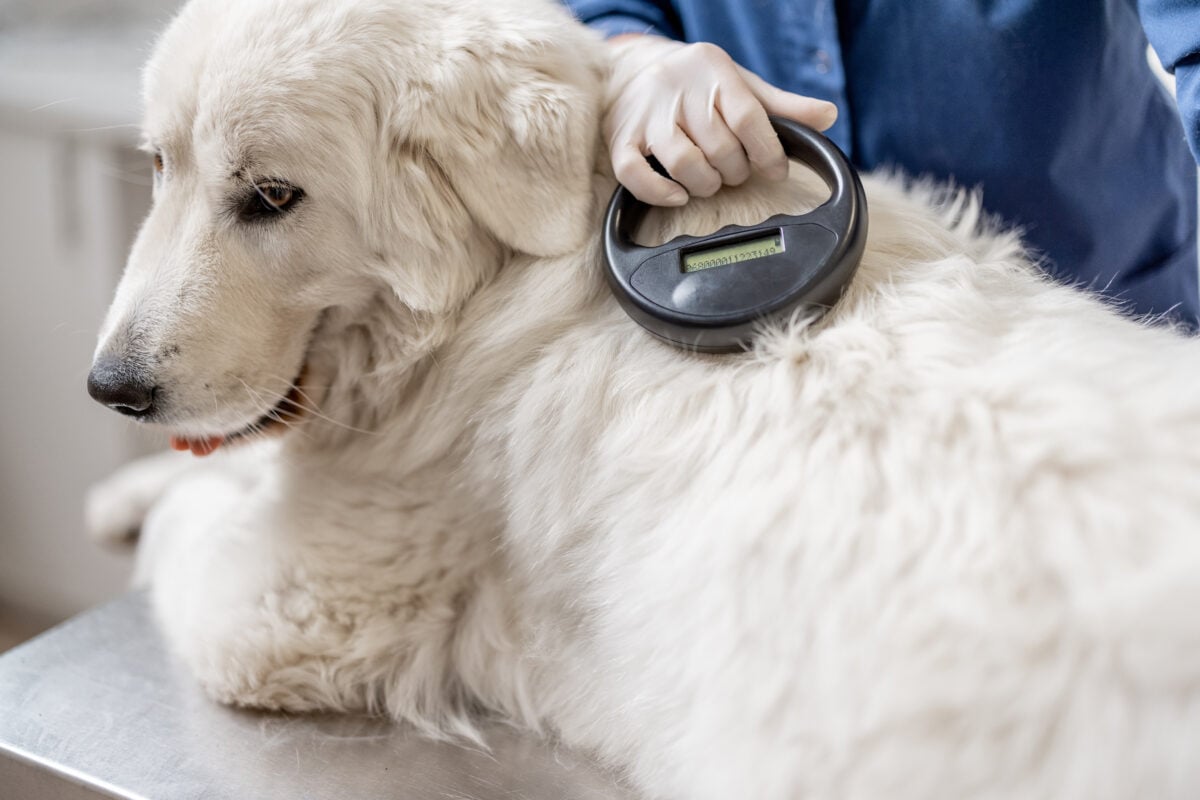
Then call your vet to confirm your dog’s microchip number and ask them to note the theft in your pet’s medical file. If your dog is brought in under false ownership, this record can help prove they’re yours.
Speed Beats Luck. Every call, post, and alert within the first few hours significantly improves your chances of bringing your dog home.
The 15 Most Stolen Dog Breeds
Dog theft isn’t random. Thieves know exactly which breeds bring the fastest payout and the least resistance.
Some are small enough to snatch in seconds. Others are designer favorites that sell fast online. And a few are targeted for darker reasons, from backyard breeding to illegal fighting.
Here are the 15 dog breeds that disappear most often, and what makes them so tempting to thieves.
Easy Targets: Small Breeds
Small dogs make quick, quiet targets. They can be picked up in seconds, hidden under a coat, or slipped into a car without drawing attention. Their size makes them easy to steal and easy to sell.
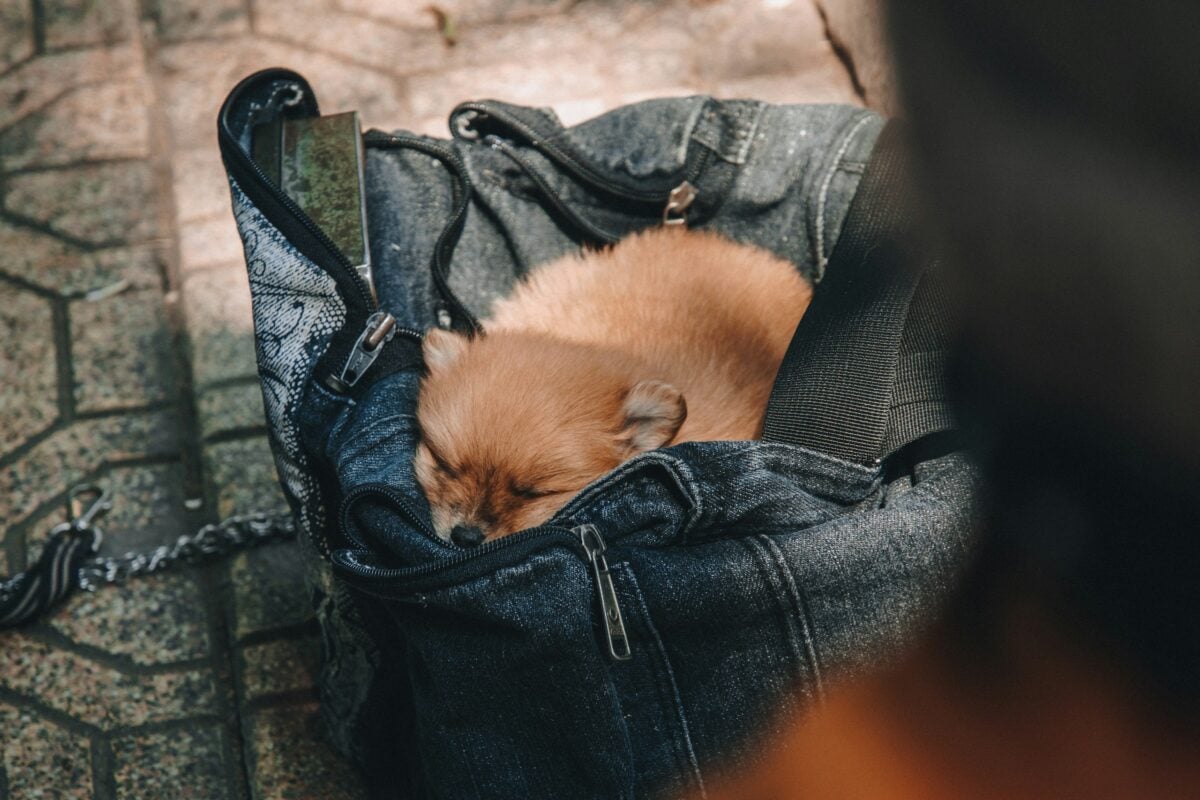
1. Pomeranian
Fluffy, flashy, and influencer-famous. The Pomeranian’s slight build and high resale value make them prime targets in cities and crowded areas. Never leave them unattended outside cafés or stores.
2. Yorkshire Terrier
Tiny, valuable, and endlessly popular. Yorkies are high-demand purebreds with a strong resale market, especially among city dwellers. Their compact size makes them easy to take from yards or porches if left unattended.
3. Maltese
Luxury appeal meets low noise, making them easy to carry and virtually unnoticeable. Maltese are often stolen for quick resale or illegal breeding. Keep them microchipped and avoid leaving them alone in parked cars.

4. Boston Terrier
Compact and people-friendly. The Boston Terrier’s distinct markings and purebred status boost resale appeal. Do not tie them outside stores, even briefly.
5. Chihuahua
A thief’s easiest win. Chihuahuas can be lifted with one hand, and their popularity keeps demand high. Watch them closely in public spaces or shared yards.
High-Value Breeds: Designer Dogs & Family Favorites
Designer mixes and popular purebreds can sell for thousands, making them prime targets for thieves who understand their worth. Their fame, price tags, and family-friendly reputations often put them in danger.
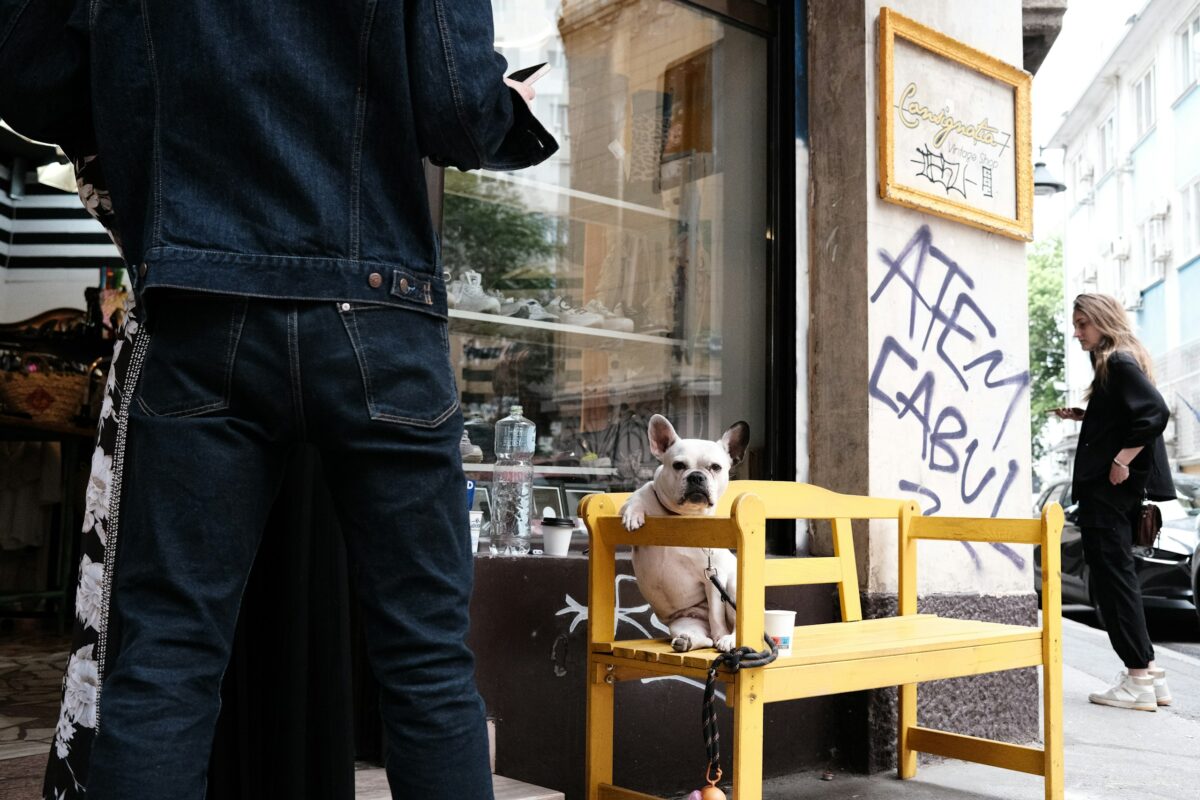
6. French Bulldog
One of the most stolen breeds in the world. French Bulldogs are compact, fashionable, and incredibly valuable. Their small size makes them easy to grab, and their immense popularity means they are often resold quickly, before an owner even realizes what has happened.
7. Labradoodle
Designer appeal meets high demand. Labradoodles are loved for their adorable looks and allergy-friendly coats, but that same appeal draws thieves. Their gentle and trusting nature makes them easy to approach, and their high resale price makes them a favorite for scammers posing as breeders.
8. Bulldog (English Or American)
Recognizable and valuable. Bulldogs’ distinctive faces and laid-back personalities make them easy to identify and even easier to take. Their purebred status keeps resale prices high, especially among unlicensed breeders and pet flippers.
9. Poodle (Toy, Miniature, or Standard)
Smart, popular, and used in designer mixes. The Poodle’s hypoallergenic coat and breed prestige drive theft for breeding and resale.
10. Shih Tzu
Gentle and easygoing, Shih Tzus rarely resist strangers. Their calm nature makes them simple to grab unnoticed, especially in busy areas. Use secure leashes and supervision during walks.
Strong & Sought-After: Large Breeds Thieves Covet
These dogs possess power, loyalty, and presence, which is precisely why thieves target them. Large, recognizable breeds are valuable for resale, breeding, and sometimes darker purposes. Their strength and popularity make them both admired and at risk.

11. American Pit Bull Terrier
Pit Bulls are one of the most exploited breeds in the world. Many American Pitbull Terriers are taken to be used in illegal dogfighting rings or sold to individuals seeking a “tough” dog image. Their trusting, affectionate nature makes them easy to approach, even by strangers.
12. Staffordshire Bull Terrier
Staffies are often targeted for their muscular build and affectionate temperament, which makes them appealing to both families and unscrupulous breeders. Sadly, some are also taken for illegal fighting rings or used in unlicensed breeding operations due to their physical strength and popularity.
13. German Shepherd
German Shepherds are prized for their intelligence and trainability, which makes them popular among thieves looking to resell trained or partially trained dogs. They’re also frequently targeted for backyard breeding, especially purebred lines with strong pedigrees.

14. Labrador Retriever
America’s favorite family dog is also a favorite target. Labradors are friendly with everyone and often roam freely in yards or parks. Thieves take advantage of their trusting nature and widespread popularity, knowing they can be sold easily to families who want a “good dog.”
15. Siberian Husky
With their ice-blue eyes and wolf-like appearance, Huskies attract attention everywhere they go. Thieves take advantage of their friendly, curious nature and tendency to wander. They’re often lured away from open yards or dog parks with a treat or kind voice.
What Dog Thieves Look For
Dog theft isn’t random. Most thieves target with intention, scanning for patterns, weak spots, and high-value dogs they can resell fast. They know what to look for and how to make a move before anyone notices.
Visible Routines
Thieves watch for predictable patterns. Daily walks that follow the same route or times, yards without motion lights, or cars where dogs are briefly left alone all become opportunities. Consistency makes it easy to plan a theft without being seen.
Loose Supervision
A surprising number of dogs vanish from front yards, driveways, and store entrances. Leaving a dog tied up outside or unattended in a visible spot gives thieves the few seconds they need. They act fast, often in broad daylight.
Expensive Breeds & Accessories
Thieves know which dogs can fetch a high price. Designer breeds, purebreds, or dogs with flashy collars and carriers can signal a higher resale value or ease of flipping through online listings. The same applies to visible microchip tags — these can indicate a high-value pet.
Breeding Potential
Dogs that are not spayed or neutered are especially appealing to thieves running backyard breeding operations. Females in heat are prime targets since they can be used immediately for profit.
Social Media Clues
Thieves also track owners online. Posts showing your neighborhood, dog park, or backyard can unintentionally reveal where your dog lives or plays. Even cute “walk selfies” with location tags can turn into a roadmap for someone looking to steal.
Quick Takeaway: Dog thieves look for patterns, predictability, and opportunity. Breaking your routine — even slightly — can make your dog a far less appealing target.
How Dog Thieves Strike (It’s Faster Than You Think)
Most dog thefts occur in under 60 seconds. You step inside for coffee, take a call, or turn your back at the park, and by the time you look again, your dog is gone.
Thieves don’t always look suspicious. Some walk up with a smile, pretending to know your dog. Others work in pairs, distracting the owner while one unclips the leash.
Popular locations include: grocery store parking lots, dog parks, gas stations, and busy sidewalks. Anywhere your dog waits alone is a potential opportunity.
Once taken, most dogs are sold quickly — often within hours — through online marketplaces or to unethical breeders. A few are even traded in organized theft rings focused on high-demand breeds.

Quick Takeaway: Dog theft isn’t rare or random. It’s fast, deliberate, and opportunistic. Staying close, alert, and visible is your first line of defense.
5 Steps To Protect Your Dog (Before & After A Theft)
Even the most vigilant owners can’t control everything, but preparation makes all the difference. These five steps can help you protect your dog before something happens — and act quickly if it does.
Think of it as your emergency plan for peace of mind. Learn more about dog ownership laws in our dedicated article.

1. Microchip & Keep Info Updated
Microchips are your first line of defense. Ensure your contact information is up-to-date with the microchip company, not just your veterinarian. If your dog is stolen or found, shelters and clinics will scan for it instantly.
2. Register Your Dog’s Chip With Multiple Databases
Don’t rely on just one registry. Free secondary databases, such as Petco Love Lost and Found Animals Registry, increase your dog’s visibility if they’re scanned somewhere new.
3. Secure Identification Tags and Smart Collars
Use a sturdy ID tag with your phone number and city. For an extra layer of safety, consider a GPS tracker or Bluetooth-enabled collar that can help pinpoint your dog’s last location.
4. Limit Unattended Time Outdoors
Never leave your dog tied outside a store or unattended in the yard. Most thefts occur within a minute, often from driveways or sidewalks where dogs are briefly left unattended.
5. Keep Records & Photos Ready
Have recent, clear photos of your dog showing unique markings or scars, and note any microchip or license numbers. If they’re stolen, you can launch a faster social and local search effort.
What To Do If You Locate Your Stolen Pet
Finding your dog should be one of the happiest moments, but it can quickly become complicated. Avoid direct confrontation. The other party may refuse to hand over your dog or escalate the situation.
Contact law enforcement first. Ask for an officer to accompany you or request a civil standby to help retrieve your dog safely.
Have your microchip documentation, registration papers, and a copy of your police report ready to prove ownership.
If the situation becomes contentious, consider consulting an attorney about filing a civil lawsuit. Remember, dogs are legally considered property in most states, so your strongest case lies in documented proof of ownership.
Quick Takeaway: Reuniting with your dog can be an emotional experience, but it’s also a legal process. Bring support, stay calm, and protect yourself as you protect your pet.
Why Dogs Are Stolen (5 Motivations)
Dog theft isn’t random. Most stolen dogs are taken for a purpose — and understanding those motives is the first step to prevention.
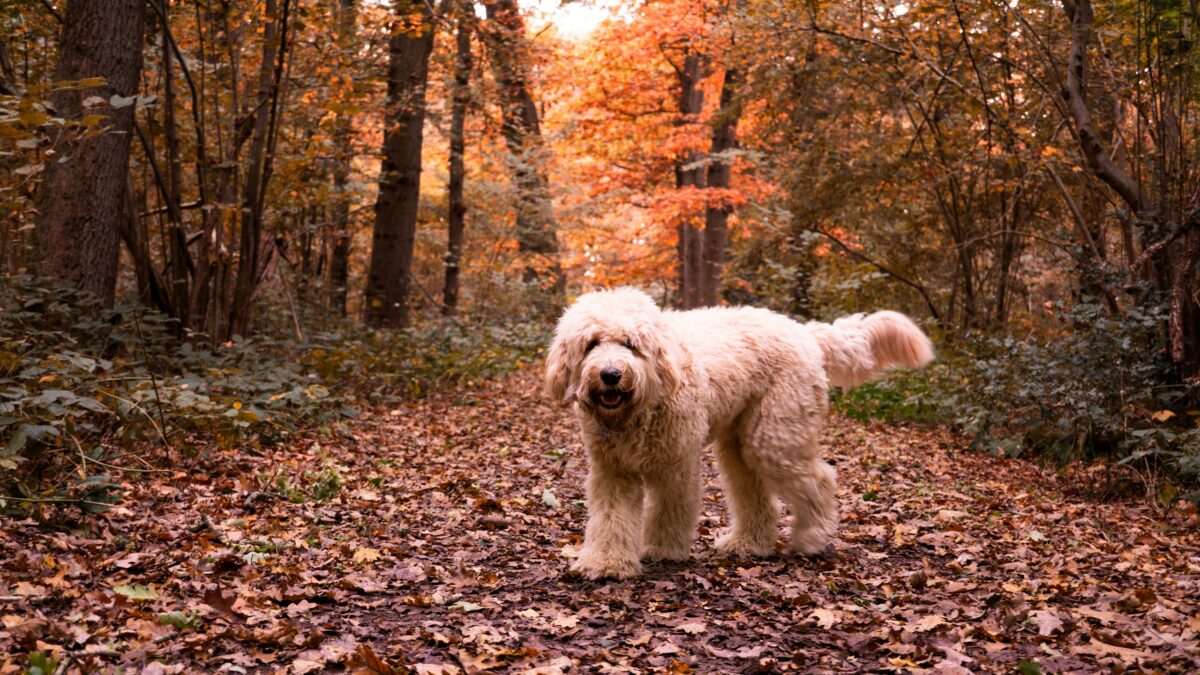
- Resale Value: Purebred or designer dogs can fetch hundreds to thousands of dollars on resale markets.
- Breeding Profit: Unspayed females are especially vulnerable. They can be used in illegal breeding operations or puppy mills, where profit takes priority over animal welfare.
- Ransom Scams: Some thieves demand reward money or fake “finder’s fees.” They’ll claim to have your dog, collect payment, and disappear.
- Status or Fighting Dogs: Stronger breeds are sometimes stolen for illegal fighting rings or to be used as bait dogs.
- Emotional Manipulation: Some people steal dogs for companionship or revenge. Ex-partners, neighbors, or acquaintances may take a pet out of spite or attachment.
Stolen Dog Laws (Map + Top 5 States)
When a dog is stolen, most owners expect the law to treat it like a kidnapping. Unfortunately, that’s not how the system sees it.
In most states, dogs are legally considered property, not family, which means penalties often resemble those for stealing a bicycle, not a living being.
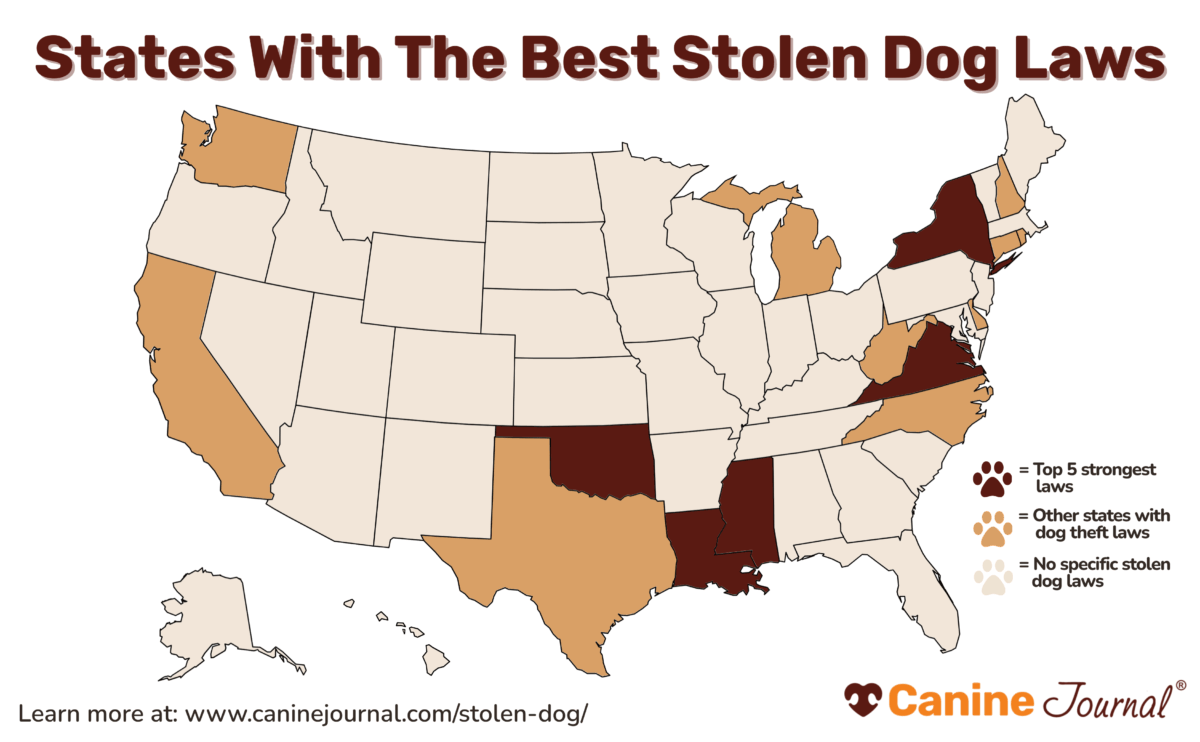
Some states are starting to catch up. A handful now classify pet theft as a felony offense, while others are pushing for tougher penalties and mandatory microchip checks for recovered dogs.
Top 5 States With The Best Stolen Dog Laws
Here’s our list of the top five states with the most severe dog theft criminal statutes and penalties.
- Virginia – Stealing a dog is a Class 5 felony punishable by up to 10 years in jail, regardless of the dog’s value.
- Louisiana – Penalties depend on the dog’s value, but are harsh. If the dog is worth over $500, thieves face up to 10 years in prison or a $3,000 fine (or both).
- Oklahoma – Offenders face a felony conviction and 6 months to 3 years in state jail, plus a fine up to three times the dog’s value (capped at $500,000).
- New York – Stealing a dog is a Class E felony with up to 6 months in jail and a $1,000 fine, no matter the dog’s value.
- Mississippi – Dog theft is a felony carrying a penalty of up to 6 months in county jail and a $500 fine, or both.
Note: Laws evolve quickly. Always check your state’s latest animal theft statutes and keep proof of ownership on hand to protect your pet if the worst happens.
Watch List: New Theft Tricks
Dog theft doesn’t always look like it used to. Thieves today use technology, deception, and even social media to scout targets before they strike. Here’s what’s trending and how to outsmart it.

1. Fake Rescue Or Delivery Scams
Thieves pose as delivery drivers, animal control, or “lost dog” rescuers. Once they have access to your yard or door, they take your dog before you realize what’s happening.
Protect yourself: Always ask for identification and never hand over your pet to anyone claiming to be from an organization without first verifying their credentials.
2. Location Tags From Photos
Photos posted online often reveal GPS data or landmarks near your home or the route you take for walking. Some thieves use this to locate valuable dogs.
Protect yourself: Turn off location tagging in camera settings and post photos after you’ve left the area.
3. Stalking Through Smart Devices
AirTags and other Bluetooth trackers are being used by thieves to follow dogs and owners. The goal? Learn your routine before making a move.
Protect yourself: Regularly scan for unknown devices using apps like Apple’s “Tracker Detect” or Android’s “Find My Device.”
4. “Free Stud Service” Scams
Owners of purebreds or designer mixes are lured by fake breeding offers online. When they show up for a meeting, their dog is stolen.
Protect yourself: Meet only in public, well-lit places and never leave your dog with a stranger, even for a few minutes.
5. Social Media Impersonation
Some scammers create fake profiles of your dog using stolen photos, then post “reunited” or “for sale” ads.
Protect yourself: Watermark your photos or use recognizable backdrops when sharing your pet online.
Frequently Asked Questions
Dog theft brings panic, confusion, and heartbreak all at once. Whether you’re trying to recover a missing pet or protect yours from ever being targeted, these are the most common questions dog owners ask.
Don’t see your question? Respond in the comments!
How Common Is Dog Theft In The U.S.?
Dog theft is more widespread than most realize. Each year, an estimated 2 million dogs are stolen across the United States.
Most thefts occur near homes or public spaces where dogs are left briefly alone.
Do Dog Thieves Target Certain Breeds?
Yes. Purebred and small designer breeds are top targets because they’re easy to resell or use for breeding. French Bulldogs, Yorkies, and Maltese appear most often on theft reports.
Can A Microchip Really Help Recover A Stolen Dog?
Absolutely. A microchip serves as permanent proof of ownership. It allows shelters, vets, and law enforcement to confirm your claim.
Just make sure your contact information is current with the registry.
What Should I Do If I Think Someone Stole My Dog?
Take action immediately. File a police report, alert nearby animal shelters, and share your dog’s photo, microchip number, and last known location on community pages.
The first 24 hours matter most.
Can I Take Legal Action If Someone Refuses To Return My Dog?
Yes. Contact the police first, then consult an attorney.
Because dogs are considered property in most states, you may need to file a civil lawsuit to reclaim them. Keep proof of ownership such as vet records, registration, and microchip details.
Protect Your Dog Before It’s Too Late
Losing a dog is every owner’s nightmare, but knowledge is protection. Save your vet’s number, update that microchip, and keep your dog’s photos current.
Want to take the next step in keeping your pup safe? Read our guides on Best GPS Dog Collars, Best Dog Cameras, and Microchipping Your Dog.





